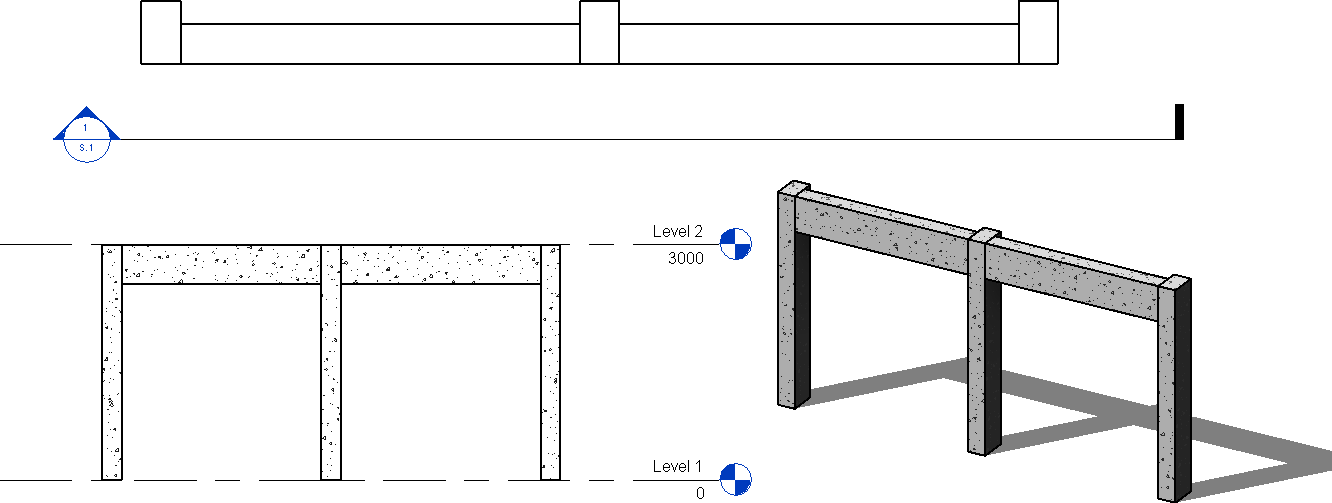As @pauloz1890 has already stated in his answer, if you add a hinge to a beam-column connection, you will eliminate the bending moment on your column (assuming no horizontal loads are applied).
That being said, your rendering shows a frame composed of concrete beams and columns. The joints between the beams and columns are clearly monolithic. If this is the accurate representation of your structure and it cannot be modified, then your model must remain as it is, without a hinge (and with bending moment on the columns).
Therefore, you can only add this hinge to your model if you can also add the hinge to the actual structure. There are many ways to do this. If your beams are cast-in-place, then you'll most likely need to adopt a Freysinnet or Menasger hinge (there are a few others, but these are the most common). If, on the other hand, your beams are pre-cast, then there are many different types of bearings which can be used (elastomeric or mechanical).
 Source (Click "Download full text", free))
Source (Click "Download full text", free))
And if you choose to modify your structure to allow for hinges, you need to decide how the beams will behave around the central column. Will you have two independent spans (a full hinge), or will you have a continuous beam over both spans (only the column is hinged, this is the example given by @pauloz1890)? This will affect the internal forces on your beams and the axial force distribution between the columns.

Also note that these models all assume fixed supports at the base of the columns. If a structure is fully hinged at the base and at the joints between all the columns and beams, then it will become hypostatic (unstable). Therefore, in order to define hinged connections between your columns and beams, you must guarantee that the base will be fixed against rotations.
Diagrams obtained with Ftool, a free 2D frame analysis tool.






